#sacred and profane
Photo
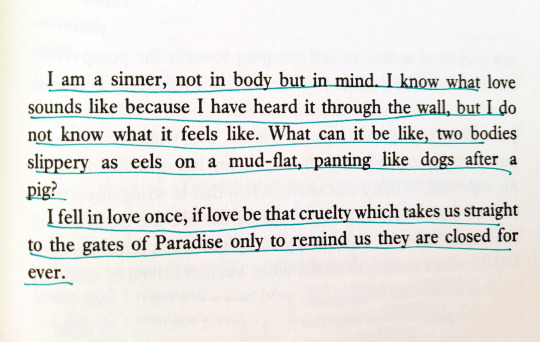
Jeanette Winterson, Sexing the Cherry (1989)
2K notes
·
View notes
Text

Daemonium, by Daniele Gay
#art#gothique#goth#weird aesthetic#demonic#demonic entity#daniele gay art#religious#daemonium#demons#religion#sacred and profane#profanation#profanity#demonic possession#actually demonic#rendered art#angel devil#devil
11 notes
·
View notes
Text

Street Distraction, Turin, Italy
Copyright @aliaslittlewilliam
#street photography#street portrait#photographers on tumblr#original photographers#original photography on tumblr#lensblr#lensculture#urban life#streetlife#italia#sacred and profane#social documentary
5 notes
·
View notes
Text
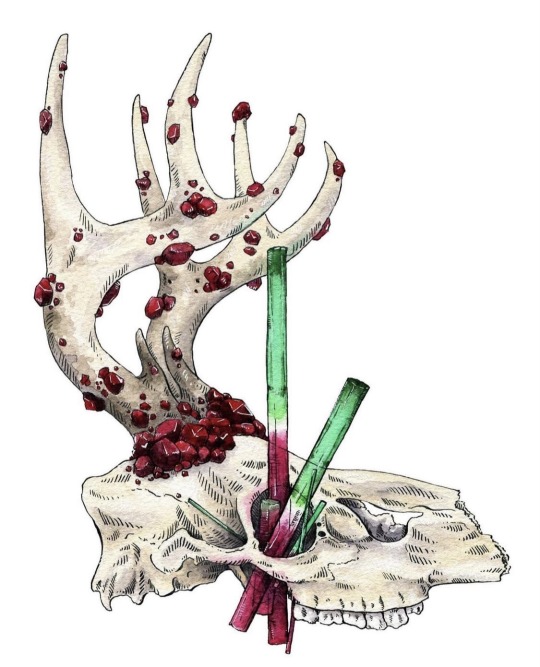
“Studded” pen & ink and watercolor
Deer skull, watermelon tourmaline, and garnet
#illustration#watercolor#pen and ink#pen and ink illustration#watercolor illustration#sacred and profane#deer skull#watermelon tourmaline#garnet#mblytholson#painting#watercolor painting
17 notes
·
View notes
Link
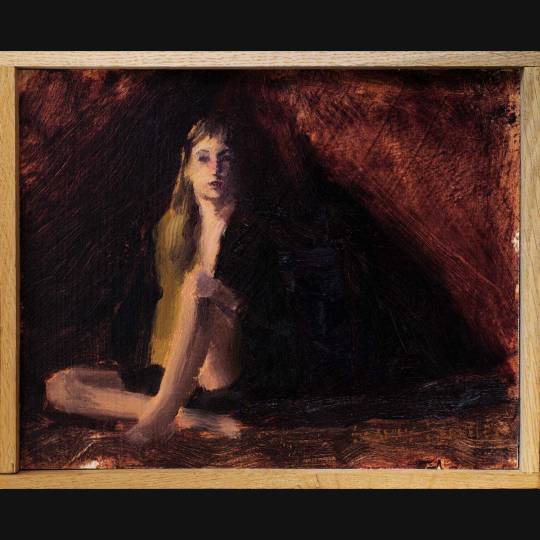
#black#blonde#brown#figure#oil painting#Taos#woman#serene#sacred and profane#light and dark#movement and stillness
2 notes
·
View notes
Text
one of the things I love about the x files is how they jump between terrifying alien/government conspiracy/supernatural horror etc on the one hand and then ludicrous slapstick like vampires in a Texas rv park or twofaced guy who loves Cher or whatever
4 notes
·
View notes
Text

I am the link between the sacred and the profane.
0 notes
Text



Collage work from a chapbook I made, 2004
1 note
·
View note
Text


swap and coworkers AUs
#good omens#crowley#aziraphale#ineffable husbands#aziracrow#read 'the sacred and the profane' after drawing the first pic#a huge mistake....#amazingly written but completely heart-wrenching#my art
849 notes
·
View notes
Quote
The illusory paradise that represented a total denial of earthly life is no longer projected into the heavens, it is embedded in earthly life itself.
Guy Debord, Society of the Spectacle
#reality#virtual#profane#sacred#world#paradise#spectacle#life#quotes#Debord#Guy Debord#Society of the Spectacle
159 notes
·
View notes
Photo



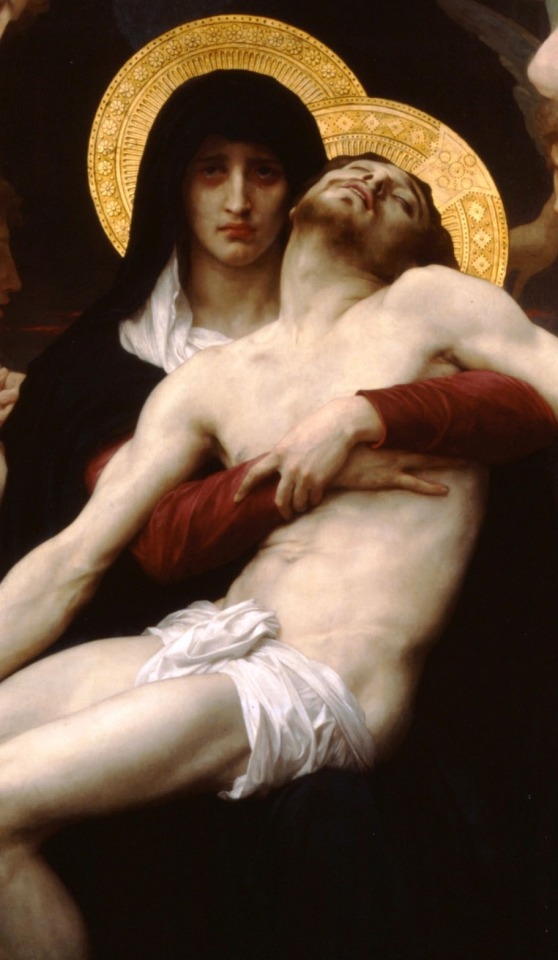
P I E T À
Sancta Maria, Mater Crucifixi:
lacrymas impertire nobis crucifixoribus Filii tui,
nunc et in hora mortis nostrae.
Amen.
interview with the vampire, 1x07: and the thing lay still (2022) // crespi (1626) // di ribera (c. 1633) // bouguereau (1876)
2K notes
·
View notes
Text
If Caravaggio were alive today today, he would have loved the cinema; his paintings take a cinematic approach. We filmmakers became aware of his work in the late 1960s and early 1970s, and he certainly was an influence on us. The best part for us was that in many cases he painted religious subject-matter but the models were obviously people from the streets; he had prostitutes playing saints. There’s something in Caravaggio that shows a real street knowledge of the sinner; his sacred paintings are profane.
Martin Scorsese on Caravaggio
Michelangelo Merisi, known to most of us as “Caravaggio,” was born on September 29, 1571 in Milan, Italy, to parents who were from the small town of Caravaggio. In the span of his 38 years long life he revolutionised painting with innovations like a unique use of chiaroscuro - with dark shadows contrasting with dramatic areas of light - and a deep sense of realism that later inspired the Baroque movement. But most of all, he developed such an iconic style that most of us can probably look at a painting and know if it’s a Caravaggio, or Caravaggio-inspired.
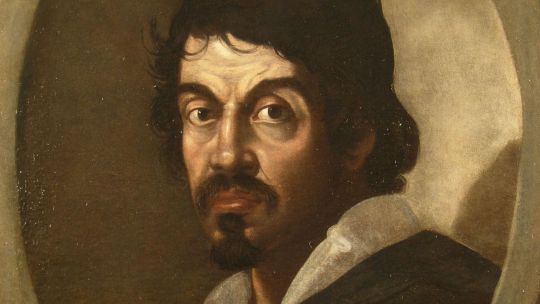
Merisi spent the first few years of his life in Milan, studying painting, and later moved to Rome, where his early talent impressed Cardinal Del Monte, who introduced the young painter to other high-profile Catholic figures who became commissioners of some of Caravaggio’s best work. It seemed there was no end to the artist’s creative genius. Caravaggio, much to his patron’s delight, would pump out one masterpiece after another. It seemed the more out of control his personal life became (cheating, brawling and murder were standard fare), the more his art would become more refined, more potent.
In the long list of masterpieces he left behind, both secular and religious works stand out. But it is perhaps in his religious works that the artistic transition of the master is more evident. Caravaggio is, in fact, known to have changed his style after harsh personal life experiences led him to reassess his outlook on life.
In May of 1606 Caravaggio took part in a deadly brawl in Rome and was charged with murder. He fled to Malta, in search of asylum from the Order of Saint John, a Catholic order dedicated to helping the sick and the poor. The order commissioned some of the most important late life works of the Milanese artist.
It is in these works that we notice the shift in Caravaggio’s art, from a strong focus on aesthetics to an interest in the spirituality of his subjects, which critics believe was motivated by his own introspection.
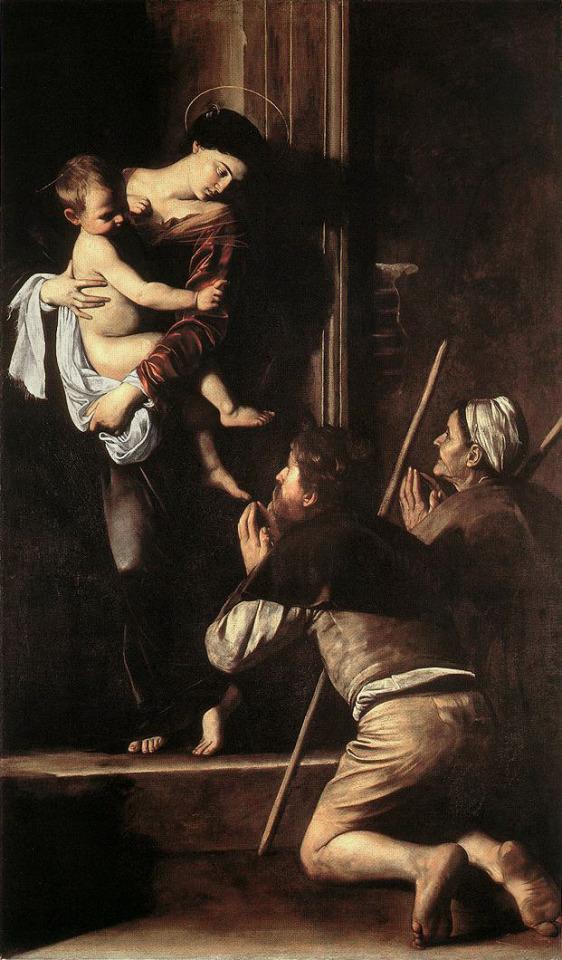
On the streets surrounding the churches and palaces, brawls and sword fights were regular occurrences. In the course of this desperate life Caravaggio created the most dramatic paintings of his age, using ordinary men and women - often prostitutes and the very poor - to model for his depictions of classic religious scenes.
By representing biblical characters in a naturalistic fashion, typically through signs of aging and poverty, Caravaggio's populist modernisation of religious parables were little short of trailblazing. Although not without his critics within the church, by effectively humanising the divine, Caravaggio made Christianity more relevant to the ordinary viewer.
For some, though, his art was too real. Bare shoulders, plunging necklines, severed heads; this raw humanity didn’t always fly in 17th century Rome. As a result, many of his pieces were rejected as altar pieces and as church hangings. One such piece, the Madonna of Loretto (now hanging in a church in Rome) was widely criticised upon its unveiling. The people of the day were shocked to behold the Mother of God leaning nonchalantly against a wall in her bare feet while holding baby Jesus in her arms.
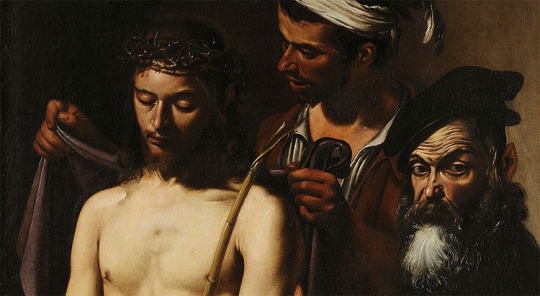
It is ironic that the very art that today we consider “classical” and “iconic” to the Catholic faith was considered questionable and perhaps void of modesty and virtue. Yet, the fact remains that no individual artist has made such a lasting impression on the world of modern art. Truly, many have called Caravaggio the “first modern artist”. It is no surprise, then, that his style has sparked both widespread admiration and imitation throughout the centuries.
Before Pope John Paul II refined a theology of the body beautiful, Caravaggio's paintings suggested a reverence for the inherent beauty of human form.
Troubled though he may have been, his art speaks eloquently of the dignity of the mundane. Though the original medium may be weathered and cracked, the message of beauty still echoes down the centuries. And this same beauty still fuels, escapes and reduces artists to relentless seekers as surely and as forcefully as it did in Caravaggio's life.
#scorsese#martin scorsese#quote#art#artist#caravaggio#art history#aesthetics#modern#sacred#profane#rome#catholic church#christian#beauty#realism#art of the mundane
400 notes
·
View notes
Text
A whole volume could well be written on the myths of modern man, on the mythologies camouflaged in the plays that he enjoys, in the books that he reads. The cinema, that "dream factory," takes over and employs countless mythical motifs—the fight between hero and monster, initiatory combats and ordeals, paradigmatic figures and images (the maiden, the hero, the paradisal landscape, hell, and so on). Even reading includes a mythological function, not only because it replaces the recitation of myths in archaic societies and the oral literature that still lives in the rural communities of Europe, but particularly because, through reading, the modern man succeeds in obtaining an "escape from time" comparable to the "emergence from time" effected by myths. Whether modern man "kills" time with a detective story or enters such a foreign temporal universe as is represented by any novel, reading projects him out of his personal duration and incorporates him into other rhythms, makes him live in another "history."
Mircea Eliade, The Sacred and The Profane: The Nature of Religion
#quote#Mircea Eliade#Eliade#reading#cinema#film#art#books#religion#anthropology#culture#The Sacred and The Profane#sacred#profane#mythology#myth#time
62 notes
·
View notes
Note
I watched the show first, and then the book, and I have to agree about the dove.
Like Show Azi is such a lovely soft character and then that last episode hits, and he's gonna kill Adam? Huh?? This guy ???¿?? I was gobsmacked, it made no sense at all. But it was also only one part and all's well that ends well, so I didn't question it.
Then I read the book. And Aziraphale is. Well, he's trying to be nice. He gives away the sword and he's polite to everyone. But the people who menace his shop disappear, and he's very comfortable with lying, and making temptations, and he kills a dove and doesn't even care. Ah, yes. This is someone who would consider killing Adam to save the world. He'd feel so bad about it! But he absolutely would. Hot take: Aziraphale would've thrown the basket.
Oh yeah, it makes way more sense for Book!Aziraphale's character, because show!Aziraphale has always been so soft and so good. I hadn't thought about how someone who watched the show first would react to that before, haha! And yes, you are correct about book!Aziraphale. That bastard.
#ask#anonymous#good omens critical#Not to bring the Sacred and the Profane back...#But Zirah is bone-chilling#The only thing stopping Aziraphale is his logic telling him 'I'm an angel I'm supposed to be nice'#And even when he's trying to be NICE he disappeared some ppl and thanosed that one person and asked Shadwell to shoot Adam lol
160 notes
·
View notes
Text

There's a certain portion of the online right that views the "obvious falseness" of some of the left's sacred truths as something akin to a loyalty test or occasionally a demonstration of submission.
Well the literal corporeal resurrection of Jesus Christ has got to be one of the most obviously absurd and false "sacred truths" of all time.
#I wish there was a third way#religion#idpol#uncharitable#the sacred and the profane#blasphemy#easter sunday
25 notes
·
View notes
Photo
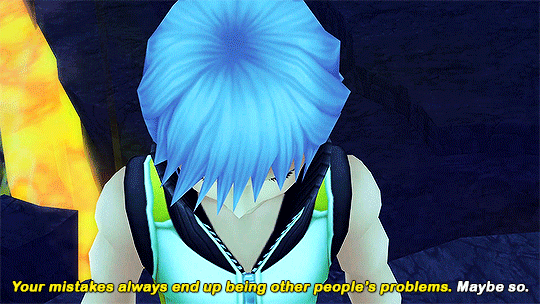

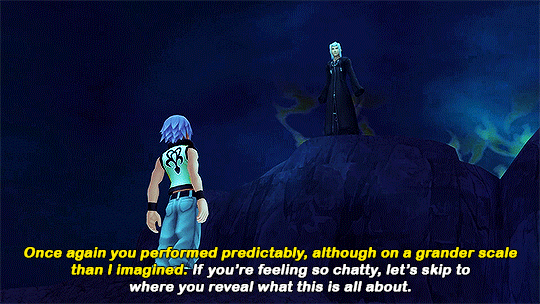

When the darkness falls, will we be found worthy of the precious light the legend speaks of? I must have these answers.
#the struggle between the profane (xehanort) and the sacred (riku)#gamingedit#khgraphics#kingdom hearts#kh riku#riku is the light#riku#*mine
99 notes
·
View notes